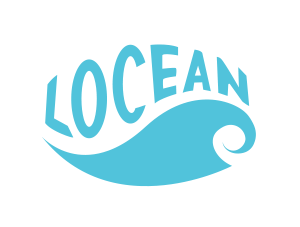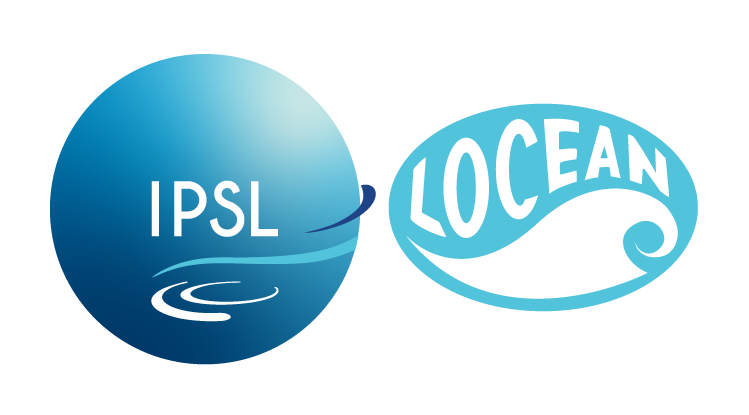
Séminaire
Trait-based modeling of marine mesozooplankton feeding strategies at global-scale / Near-inertial wave trapping by anticyclonic eddy during the BioSWOT-Med 2023 cruise: characterization and energy fluxes estimated from in-situ data
Lisa Di Matteo (LOCEAN): Trait-based modeling of marine mesozooplankton feeding strategies at global-scale / Robin Rolland (LOCEAN): Near-inertial wave trapping by anticyclonic eddy during the BioSWOT-Med 2023 cruise: characterization and energy fluxes estimated from in-situ data
Sorbonne Université 4 place Jussieu 75005 Paris Sorbonne Université LOCEAN Couloir 45-55 4e étage pièce 417
Description
Lisa Di Matteo (LOCEAN):
Marine planktonic organisms represent an essential component of global biodiversity and play critical roles in ecosystem functioning. This is particularly true for mesozooplankton, heterotrophic planktonic organisms ranging in size from 200 to 2000 μm. Although they have traditionally been studied via their taxonomy, functional trait approaches present real opportunities to better characterize the links between biodiversity and marine ecosystem functioning. Functional traits are the individual characteristics of an organism (e.g., size, reproductive strategy, thermal niches, etc.) that control its fitness as well as its impacts on ecosystem functioning.
In ocean biogeochemical models, zooplankton are generally represented as a single size or two size classe(s). However, studies have shown the key role that functional diversity can play in ecosystem dynamics and marine biogeochemistry. This argues for the need to develop a more precise representation of zooplankton diversity through functional traits such as feeding strategy, reproductive strategy, thermal niches and behavior. While a better representation of zooplankton size diversity has gained attention, feeding strategy, a trait with implications for functions such as energy intake, predation risk, energetic losses and mate finding, has been less studied.
In this study, we implemented several feeding strategies of mesozooplankton in the ocean biogeochemical model PISCES. The predation mode is an essential trait of zooplankton, resulting from a trade-off between food acquisition, metabolic cost and predation risk. Simulations have been performed using NEMO-PISCES at global scale. Our results highlight the fact that these functional groups have distinct global, regional and vertical distributions as well as different contributions to biogeochemical fluxes. Thus, our findings emphasize the necessity for a better integration of mesozooplankton trophic strategies within global biogeochemical models.
Robin Rolland (LOCEAN): Near-inertial wave-anticyclonic eddy interactions are a source of energy injection at depth, contributing then to the mixing of the deep ocean. In the Mediterranean Sea, they are only few evidences of this process in large anticyclonic eddy. However, SWOT reveals that small and intense mesoscale structures are widely found in the Mediterranean Sea, rising questions about the importance of NIW trapping for the mixing at depth in this quiescent sea.
The BioSWOT-Med cruise (https://doi.org/10.17600/18002392) took place in the Western Mediterranean Sea northeast of Minorca, during the fast-sampling phase of the SWOT mission from 20 April 2023 to 15 May 2023 on board of the R/V L’Atalante. The aim of this cruise was to studied the bio-physical coupling in a moderately energetic finescale front (in opposition with strong energetic fronts found for example in the Gulf Stream and the Kuroshio).
During the cruise, we targeted an intense anticyclonic eddy of 30 km of diameter, a typical Mediterranean mesoscale structure elusive to nadir altimetry but well captured by SWOT. Two consecutive strong wind events generated strong inertial oscillations and particularly near-inertial waves into the anticyclonic eddy.
The sampling strategy enabled to sample the eddy before the first, between the two, and after the second wind event, allowing to characterize the evolution of the NIW activity as well as the induced turbulence. These conditions provided an ideal case study for near-inertial wave–anticyclonic eddy interactions in the Mediterranean Sea.
We first characterize the eddy sampled and the forcing of inertial motions. We then describe the evolution of the turbulence and wave activities before and after the two wind events. We characterize the NIWs trapped into the anticyclonic eddy and estimate the NIW-induced energy flux at depth from in-situ data. Finally, we discuss the significance of this process in the Mediterranean Sea taking advantage of the 21-day SWOT data.
Informations dates et horaires
Date & Time: Tue Jun 18 2024 11:00:00 GMT+0200 (Central European Summer Time)
Room: LOCEAN 45-55 4th Floor, meeting room 417
Lien zoom: https://ird-fr.zoom.us/j/95265301719?pwd=eZ8BMpCpibWokNZ24jXJaaoRh3bTkv.1


